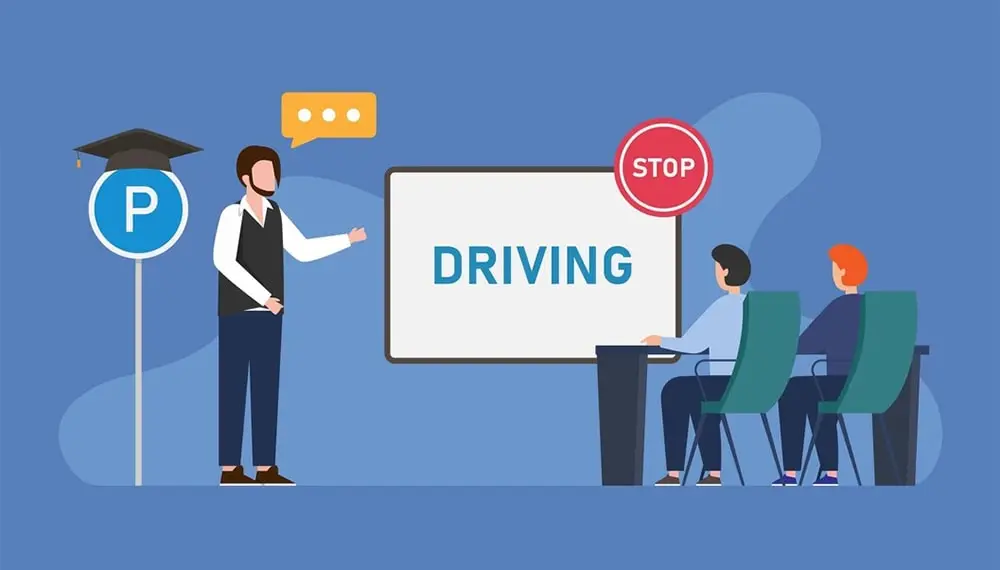Leverage Storytelling in Your Corporate Training
Rohit Kumar
02 Sep, 2024

The corporate world is constantly changing, making practical employee training essential. Typical training methods often fail to engage learners or help them remember information long-term. Storytelling offers a solution.
By harnessing narrative, storytelling can change corporate training, turning complex ideas into relatable and unforgettable experiences. When organizations incorporate storytelling into their training, they build stronger employee relationships, improve learning, and boost performance and new ideas.
What is Storytelling?
Humans have used storytelling for millennia to share knowledge, transmit cultural values, and ignite action. At its core, storytelling involves crafting a narrative that develops an emotional connection with the audience.
A well-told story features a clear structure, characters we can connect with, and an engaging plot that hooks listeners. In corporate training, storytelling can transform dry content into unforgettable experiences, making it easier for employees to understand and retain complex information.
How to Engage Learners Through Storytelling
Involving learners through storytelling in corporate training goes beyond just telling an interesting story. It's about crafting a narrative that resonates with the audience and matches the training goals. Here are a few approaches:
-
Relatable Characters: Use characters that your employees can identify with to spark up an emotional connection and make the learning experience more personal
-
Compelling Plot: Develop a plot that includes a problem, a journey to find a solution, and a resolution to keep learners interested and invested in the outcome
-
Real-Life Scenarios: Incorporate real-life scenarios and examples that employees might face to make the training relevant and practical
-
Interactive Elements: Include interactive elements such as role-playing or decision-making scenarios that allow learners to participate actively in the story
Effective Storytelling Models for Corporate Training
Time-tested storytelling frameworks offer a roadmap for creating narratives that genuinely resonate with learners, transforming training into an unforgettable and impactful experience. Here are three compelling structures to elevate your corporate training programs:
1. David Kolb's Experiential Learning Cycle
Kolb's Learning Cycle is not just a theoretical concept but a practical alignment with the iterative process of experiencing, reflecting, understanding, and actively experimenting. Following these clear stages allows learners to solidify lessons through a cycle of doing, thinking, comprehending, and applying.
-
Concrete Experience: Kick things off with a real-world scenario that employees can connect with. This could be a case study, simulation, or practical exercise that involves them directly.
-
Reflective Observation: Prompt participants to think back on their experience. Pose questions like "What happened?" or "What did you take away from this?" This step helps them dissect and better grasp the experience.
-
Abstract Conceptualization: Now, guide them in making connections. Introduce theories, models, or concepts relevant to their experience. Elaborate how these ideas apply to the real-world situation they encountered.
-
Experimentation: Finally, motivate them to apply what they've learned. Provide opportunities to put their new knowledge or skills into practice in their work setting.
2. Benjamin Bloom's Taxonomy
Bloom's Taxonomy outlines competencies from basic knowledge up through evaluation. Educators can systematically develop higher-order skills by organizing objectives and activities to match increasing levels of cognition.
The framework categorizes learning objectives based on increasing cognitive complexity. Here's how this framework can be applied in corporate training content creation:
-
Remember: Introduce basic facts, concepts, or terms relevant to the training topic. This could involve sharing information through presentations, handouts, or online modules.
-
Understand: Guide employees to comprehend the information provided. Examples, explanations, or case studies help them grasp the material beyond rote memorization.
-
Apply: Challenge learners to put their knowledge into action through practical scenarios or exercises. This could involve problem-solving tasks or simulations that mirror real-world situations they might encounter in their work.
-
Evaluate: Spark critical thinking by prompting employees to weigh the pros and cons of concepts, theories, or strategies within the context of their work. They could then justify their reasoning or decisions by applying the learned principles.
-
Create: Culminate the learning experience by encouraging employees to leverage their newfound knowledge to create something original. This could involve designing a novel process, solving a work-related challenge, or developing groundbreaking strategies.
3. Joseph Campbell's Hero's Journey
Campbell's Hero's Journey dissects the typical path of mythological heroes. Applying this narrative structure to learning content harnesses the instinctive power of following a character through a transformative odyssey. Learners embark on their own adventure of conquering challenges and attaining knowledge.
Joseph Campbell's Hero's Journey is a potent storytelling framework that can be applied in corporate training content creation:
-
The Ordinary World: The employee's familiar work environment or routine, where they are comfortable yet may face challenges
-
Call to Adventure: A challenge or opportunity for growth arises, such as a new project, skill development, or a change in responsibilities
-
Refusal of the Call: The employee initially hesitates or resists due to fear of the unknown or perceived difficulty
-
Meeting the Mentor: Guidance or training resources (mentors, workshops, materials) are introduced to support the employee
-
Crossing the Threshold: The employee embraces the challenge or learning opportunity, overcoming initial concerns
-
Tests, Allies, Enemies: Learning experiences occur by collaborating with colleagues (allies) and obstacles to overcome (enemies)
-
The Ordeal: The employee faces the most significant challenge or learning hurdle
-
Reward: The employee gains new skills, knowledge, or personal growth after overcoming the challenge
-
The Road Back: The employee returns to their work environment with newfound abilities and perspectives
-
Resurrection: The experience transforms the employee, preparing them for future challenges
-
Return with the Elixir: Employees bring valuable lessons or solutions that benefit their work and team
Integrating storytelling into corporate training can significantly enhance engagement, retention, and knowledge application. By using structured storytelling models like Kolb's Experiential Learning Cycle, Bloom's Taxonomy, and Campbell's Hero's Journey, organizations can create impactful learning experiences that resonate with employees and drive performance improvements.
Core Competency offers advanced e-learning solutions incorporating storytelling techniques to enhance corporate training programs. Our Learning Management System (LMS) provides tools for creating interactive and engaging training modules that follow proven storytelling structures. Additionally, our Competency Management System (CMS) helps identify skills gaps and develop targeted training plans, ensuring your workforce is prepared for the challenges of the AI-driven future.




